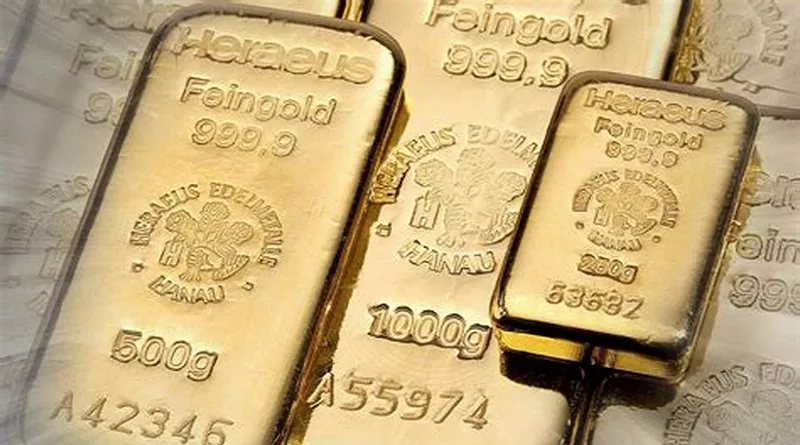Reuters Report Highlights Declining Reliance on Dollar and Euro Assets
Central banks around the world are expected to continue increasing their gold reserves over the next 12 months, as they shift away from traditional foreign currency assets like the U.S. dollar and the euro, according to a recent Reuters report.
A new report from the European Central Bank reveals a significant milestone: gold has now surpassed the euro to become the second-largest foreign exchange reserve asset held by central banks. While this shift has been years in the making, it’s a notable development that reflects deeper changes in global economic sentiment.
Despite the dollar still accounting for 46% of global foreign exchange reserves, its share has been gradually declining. Meanwhile, gold now makes up 20%—overtaking the euro, which holds a 16% share. The data suggests that central banks are placing more confidence in gold as a long-term store of value compared to traditional currency assets.
This change is supported by strong buying trends. In each of the last three years—2022, 2023, and 2024—central banks purchased over 1,000 tonnes of gold annually. This marks a dramatic increase from the 400–500 tonnes per year seen during the previous decade.
Currently, global central bank gold holdings stand at 36,000 tonnes, approaching the historical peak of 38,000 tonnes recorded in 1965 during the Bretton Woods era. The U.S. remains the largest holder with 8,133.46 tonnes, though it made no new purchases in the first quarter of 2025. India, by contrast, increased its holdings from 876.18 tonnes in December 2024 to 879.60 tonnes by the end of March 2025, adding 3.42 tonnes during the quarter.
According to a recent survey by the World Gold Council, 95% of central banks believe that global gold reserves will continue to grow over the coming year. Notably, 43% expect their own national reserves to increase as well.
While gold has always played a role in foreign reserves, its appeal has grown stronger in recent years due to rising economic and geopolitical uncertainties. Often viewed as a safe-haven asset, gold provides stability when fiat currencies face pressure.
This renewed interest can be traced back to 2022, when central banks began ramping up their purchases. With global tensions—including trade disputes and regional conflicts—escalating, gold’s role as a hedge has only become more prominent.
Gold prices reflect this trend. As of today, gold is trading at $3,350—just 4% below its all-time high of $3,500, reached on April 22. The current bull run began in October 2022, when prices hovered around $1,500. Since then, gold has more than doubled, rising 120%. After back-to-back annual gains of over 20% in 2023 and 2024, prices are already up 27% in 2025.
However, some market analysts suggest the rally may be losing momentum. With gold nearing historic highs, a phase of consolidation or mild correction may be on the horizon—unless new global developments reignite demand. One of the key triggers in 2025 has been renewed trade tensions, particularly tariffs introduced by former U.S. President Donald Trump, which have raised concerns of another economic slowdown.
Geopolitical instability continues to drive investor interest as well. The ongoing Israel-Iran conflict, with the possibility of U.S. involvement, adds further uncertainty to global markets—strengthening gold’s position as a protective asset.
What Does This Mean for Individual Investors?
Financial advisors generally recommend holding around 10% of an investment portfolio in gold, especially in uncertain times. But with prices at elevated levels, many retail investors wonder if now is the right time to enter the market.
Experts suggest that for long-term investors, systematic investment in gold remains a sound strategy. While short-term corrections may occur—as with any asset class—gold’s ability to act as a financial cushion during economic turbulence makes it a valuable component of a diversified portfolio.


